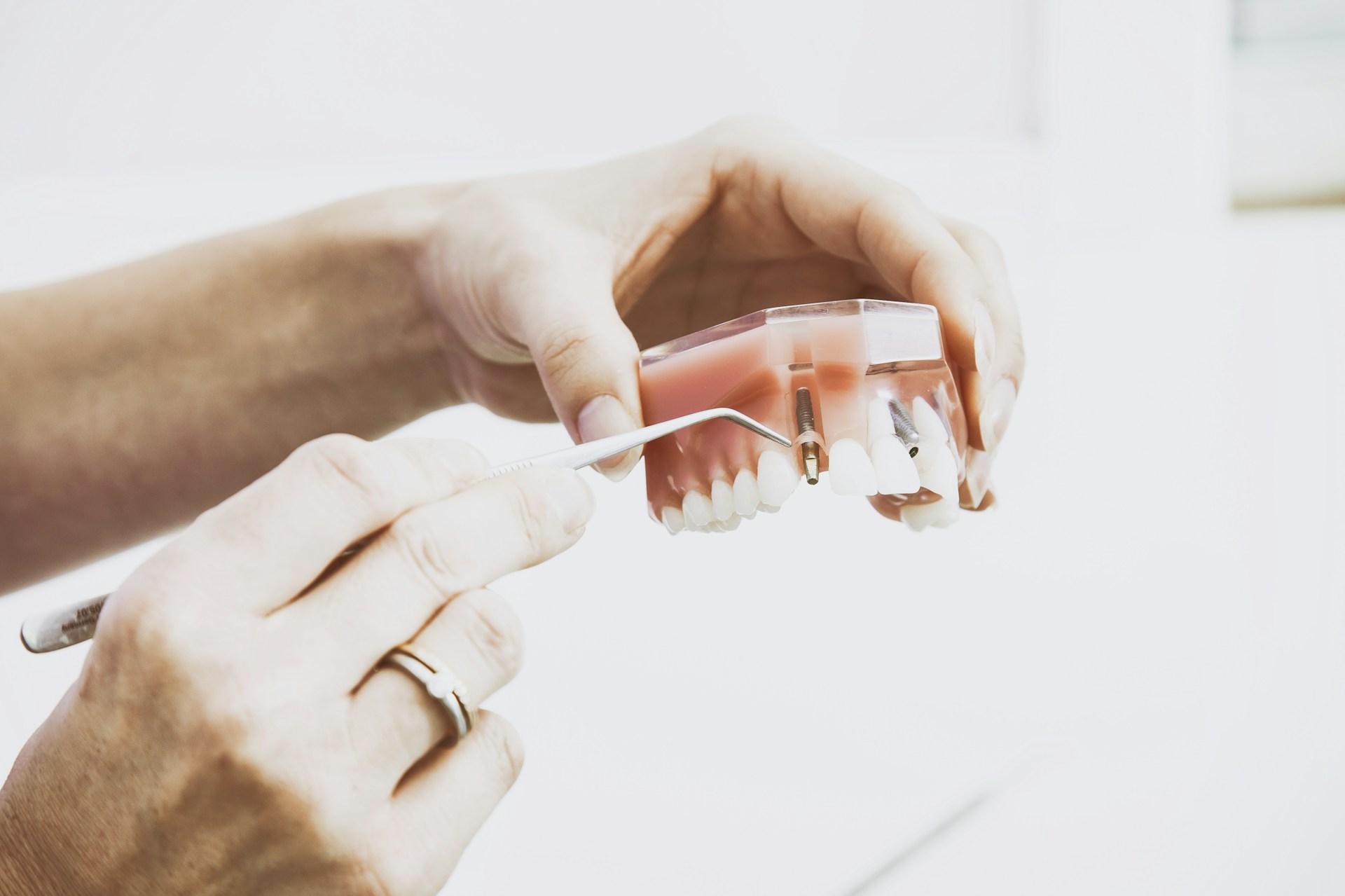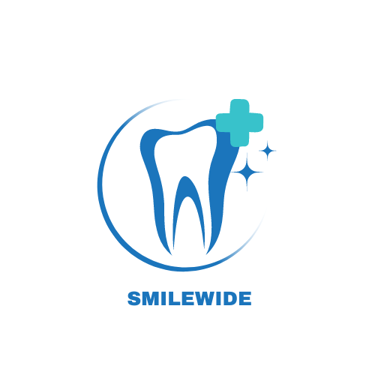SMILE- It costs nothing !!!
Effective Dentin Hypersensitivity Treatments
Discover effective dentin hypersensitivity treatments to alleviate discomfort and restore your dental health. Explore options for lasting sensitivity relief today.
12/17/20242 min read
Dentin Hypersensitivity Treatment
Dentin hypersensitivity is a common dental condition that causes sharp pain when the teeth come into contact with hot, cold, sweet, or acidic stimuli.
If you’re experiencing discomfort, understanding the management of dentin hypersensitivity can help you find effective relief.
What is Dentin Hypersensitivity?
Dentin hypersensitivity occurs when the dentin, the layer beneath the enamel, becomes exposed.
This can happen due to gum recession, enamel erosion, or other dental issues.
The pain is often sudden, sharp, and temporary but can significantly affect daily life.
Theories of Dentin Hypersensitivity
Before diving into treatment, understanding the theories of dentin hypersensitivity helps explain why this condition occurs.
There are 3 theories of dentin sensitivity that dentists commonly refer to:
Hydrodynamic Theory
The most widely accepted theory. It suggests that fluid movement within the dentinal tubules stimulates nerve endings, causing pain.
Neural Theory
This theory states that direct stimulation of nerve fibers in the dentin leads to sensitivity.
Odontoblastic Theory
Suggests that odontoblast cells within the dentin transmit signals to nerves, causing pain.
These theories of dentin hypersensitivity provide insights into how and why dentin hypersensitivity occurs, paving the way for effective treatment approaches.
Related: Dentin Dysplasia
Causes of Dentin Hypersensitivity
Several factors can contribute to dentin hypersensitivity, including:
Gum recession exposing the dentin.
Enamel erosion from acidic foods and beverages.
Brushing too hard or using a hard-bristled toothbrush.
Tooth grinding (bruxism).
Dental procedures like teeth whitening or fillings.
Management of Dentin Hypersensitivity
The management of dentin hypersensitivity focuses on both at-home care and professional treatments.
Let’s explore some effective strategies.
1. Desensitizing Toothpaste
Specially formulated toothpaste containing ingredients like potassium nitrate or stannous fluoride can block pain signals.
2. Fluoride Gel Application
Fluoride treatments strengthen the enamel and reduce sensitivity by blocking the exposed dentinal tubules.
3. Dental Bonding or Sealants
Your dentist may apply bonding agents to cover exposed dentin and reduce sensitivity.
4. Soft-Bristled Toothbrush
Switching to a soft-bristled toothbrush helps prevent further enamel wear and gum recession.
5. Good Oral Hygiene Practices
Brushing twice daily, using a fluoride mouthwash, and flossing regularly can help maintain healthy teeth and gums.
6. Dietary Changes
Avoid acidic foods and drinks that erode enamel and worsen sensitivity.
Professional Treatments for Severe Cases
If at-home remedies don’t provide relief, professional dental treatments may be necessary for the management of dentin hypersensitivity. Options include:
In-Office Fluoride Treatments: High-concentration fluoride varnishes or gels.
Gum Grafts: Covering exposed roots with gum tissue to reduce sensitivity.
Root Canal Therapy: For extreme cases, a root canal may eliminate the nerve causing the pain.
Prevention is crucial in the management of dentin hypersensitivity. Here are a few tips:
Use a Desensitizing Toothpaste Regularly.
Brush Gently with a soft-bristled toothbrush.
Avoid Acidic Foods and Drinks to prevent enamel erosion.
Schedule Regular Dental Check-Ups to catch issues early.
Understanding the theories of dentin hypersensitivity and adopting the right treatments can significantly improve your quality of life.
If you’re experiencing persistent dentin hypersensitivity, consult your dentist for personalized treatment options.

Contact Smiles
drdeepi15@gmail.com
Dr. Deepika B.D.S
© 2025 SmileWide Dental. All Rights Reserved.
Have doubts ..?


